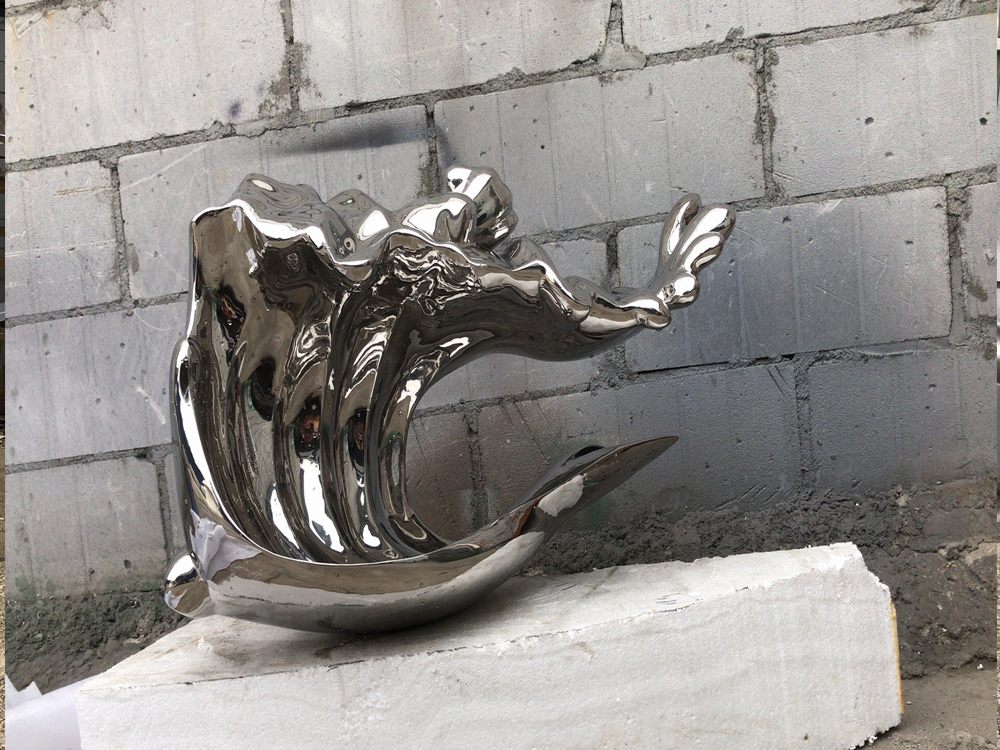
Bronze sculptures, revered for their historical and artistic value, are prone to deterioration over time, especially when displayed in museums. The most common causes of this degradation include environmental factors, chemical reactions, and human interference.
1. Environmental Factors: Fluctuations in temperature and humidity can cause bronze to expand and contract, leading to cracks and structural weaknesses. High humidity accelerates corrosion, while dry conditions may cause the metal to become brittle.
2. Chemical Reactions: Bronze, an alloy of copper and tin, reacts with pollutants like sulfur dioxide and chlorides in the air, forming harmful patinas or greenish corrosion known as bronze disease. This irreversible damage weakens the sculpture’s integrity.
3. Improper Handling and Display: Touching sculptures with bare hands transfers oils and acids from skin to the metal, speeding up corrosion. Incorrect mounting or inadequate support can also cause physical stress.
4. Light Exposure: Prolonged exposure to UV light, especially in poorly controlled museum settings, can fade protective coatings and alter the sculpture’s surface chemistry.
5. Biological Growth: Microorganisms or fungi in humid environments can colonize bronze surfaces, leading to bio-corrosion and aesthetic damage.
To mitigate these risks, museums employ climate control systems, regular cleaning, and protective coatings. Understanding these causes is crucial for preserving bronze sculptures for future generations.

